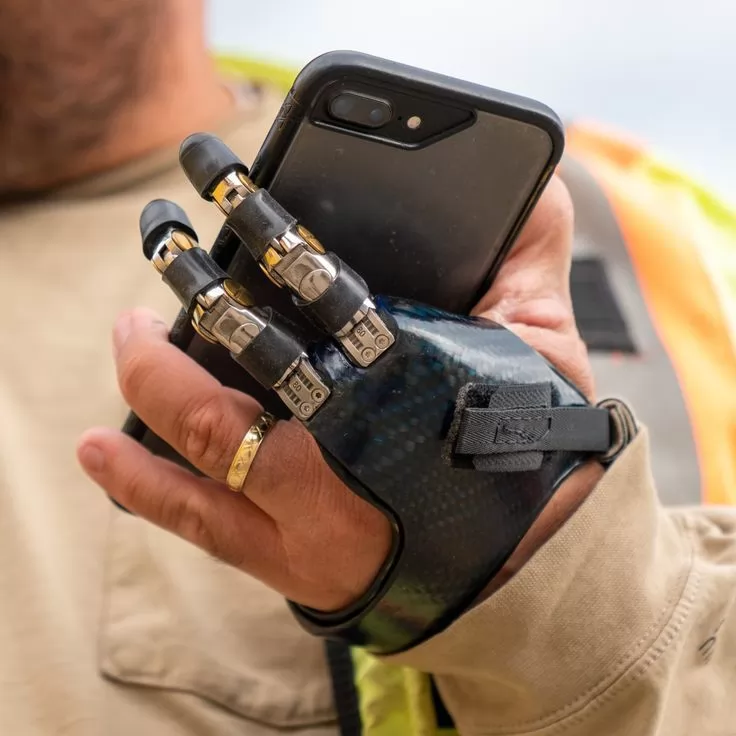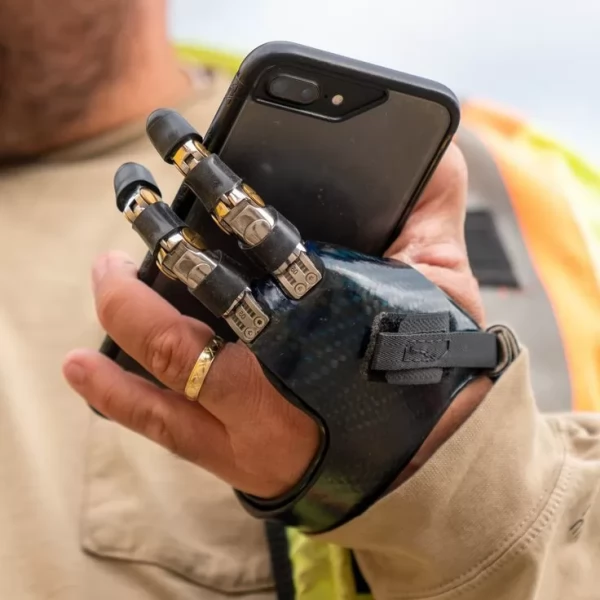Finger and Partial Hand Prostheses
Product Categories
Finger and Partial Hand Prostheses
Finger and Partial Hand Prostheses
Finger and partial hand prostheses are used as a result of the loss of fingers or part of the hand. These types of prostheses are designed especially with functionality and aesthetic concerns in mind. Customized solutions are offered to users to best restore the lost functions.
Finger Prostheses:
Coverage Area: Finger prostheses can be applied over a wide range, from the loss of fingertip(s) to the entire finger(s). They vary from prostheses designed for a single finger loss to complex prostheses made for multiple finger losses.Functionality: The primary goal of finger prostheses is to restore the function of the lost finger. These prostheses focus on basic functions such as gripping, holding, and writing.
Materials and Design: Finger prostheses are usually made from silicone, carbon fiber, and other lightweight, durable materials. These materials provide a natural appearance and movement capability for the user, both aesthetically and functionally.
Types: They range from simple prostheses designed for aesthetic purposes to mechanical or electrically powered models that enable finger movement.
Partial Hand Prostheses:
Comprehensive Use: Partial hand prostheses are used in cases of partial hand loss. Whether fingers, the wrist, or parts of the hand are lost, prostheses that cover only the missing parts are applied. These prostheses are custom-made according to functional and aesthetic needs.Functionality: The main goal of partial hand prostheses is to restore the functions of lost fingers or the wrist. Gripping, holding, and manipulation functions are especially emphasized. Electronic prostheses allow more precise movements by operating through muscle signals or sensors.
Types: Partial hand prostheses include mechanical, electric, and aesthetic options. Electric prostheses offer more natural functionality by allowing users to move them via muscle contractions.
Materials and Design: Durable yet lightweight materials are used in design, with flexible materials such as silicone helping prostheses provide a more natural feel and appearance.
Advantages:
Functional Recovery: Finger and partial hand prostheses aim to restore lost functionality. Especially electric and mechanical prostheses mimic the natural movements of the hand, providing greater independence in daily life.Aesthetic Improvement: Prostheses are often made from silicone materials that match the skin tone, making their appearance more natural.
Rehabilitation and Adaptation:
The adaptation process to prosthesis use is accelerated with personalized training. As users gain more independence in daily activities with the prosthesis, their quality of life improves. Training focuses on gripping and holding techniques, writing, and developing fine motor skills.Finger and partial hand prostheses play an important role in restoring lost functions and enabling users to continue active lives.


